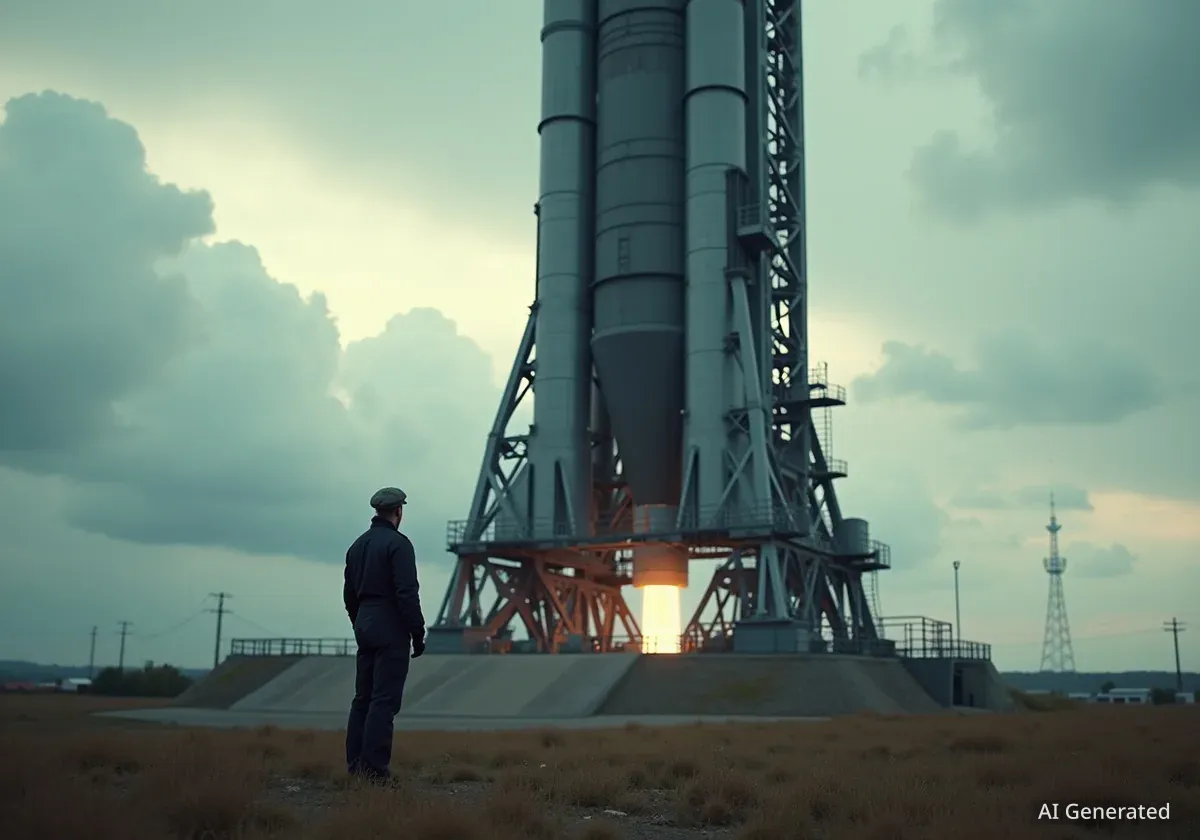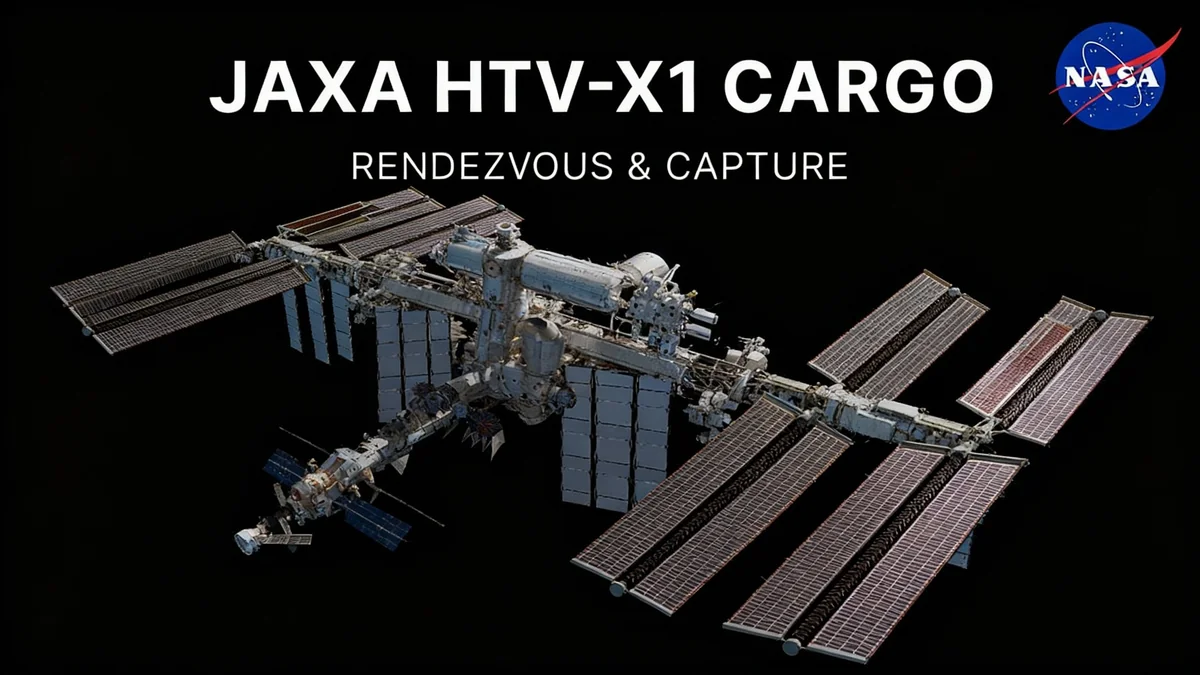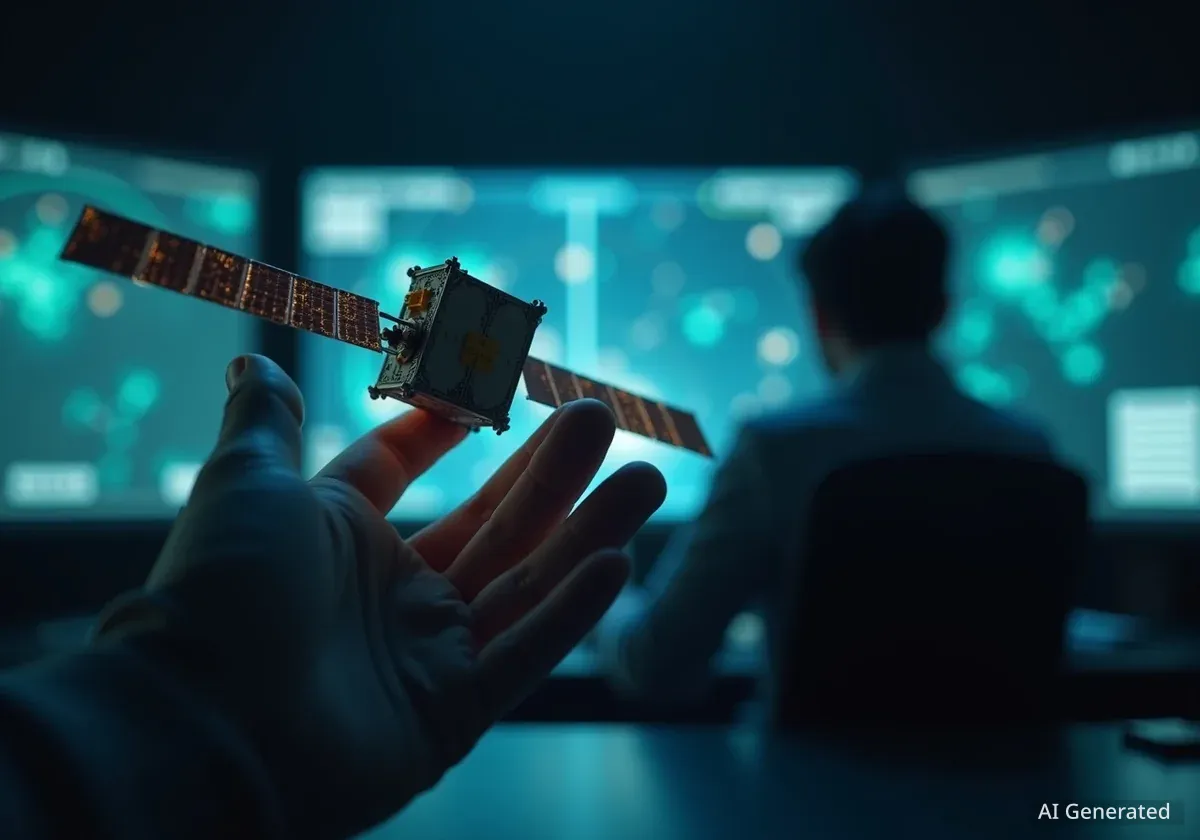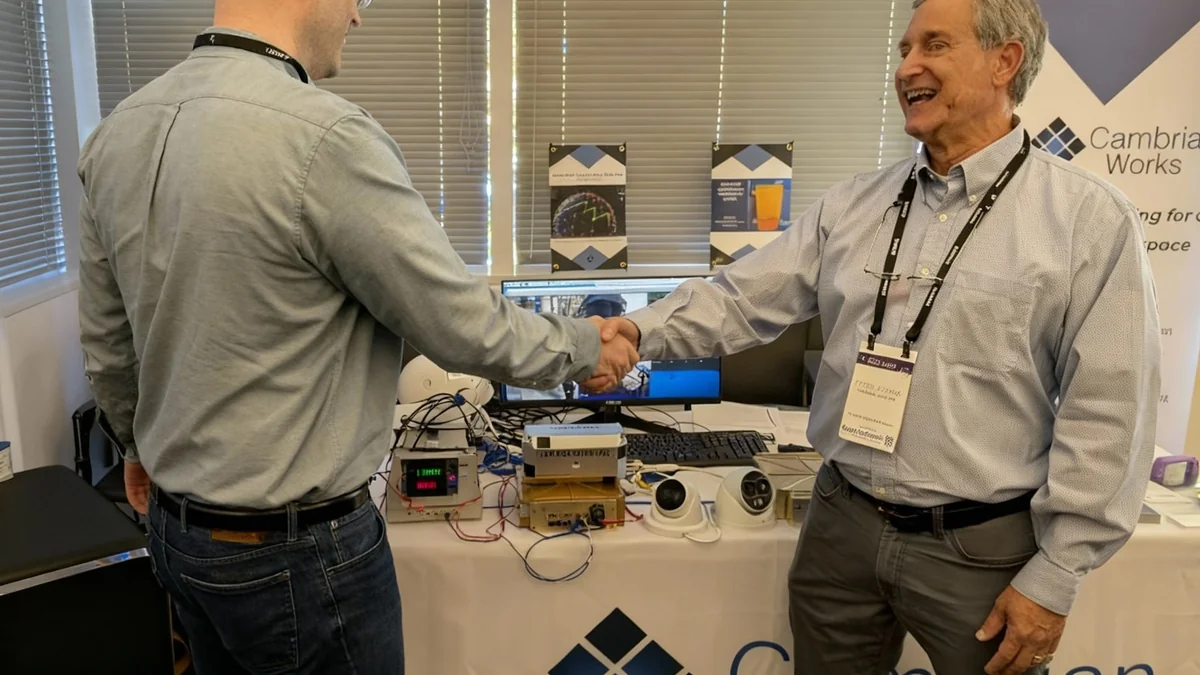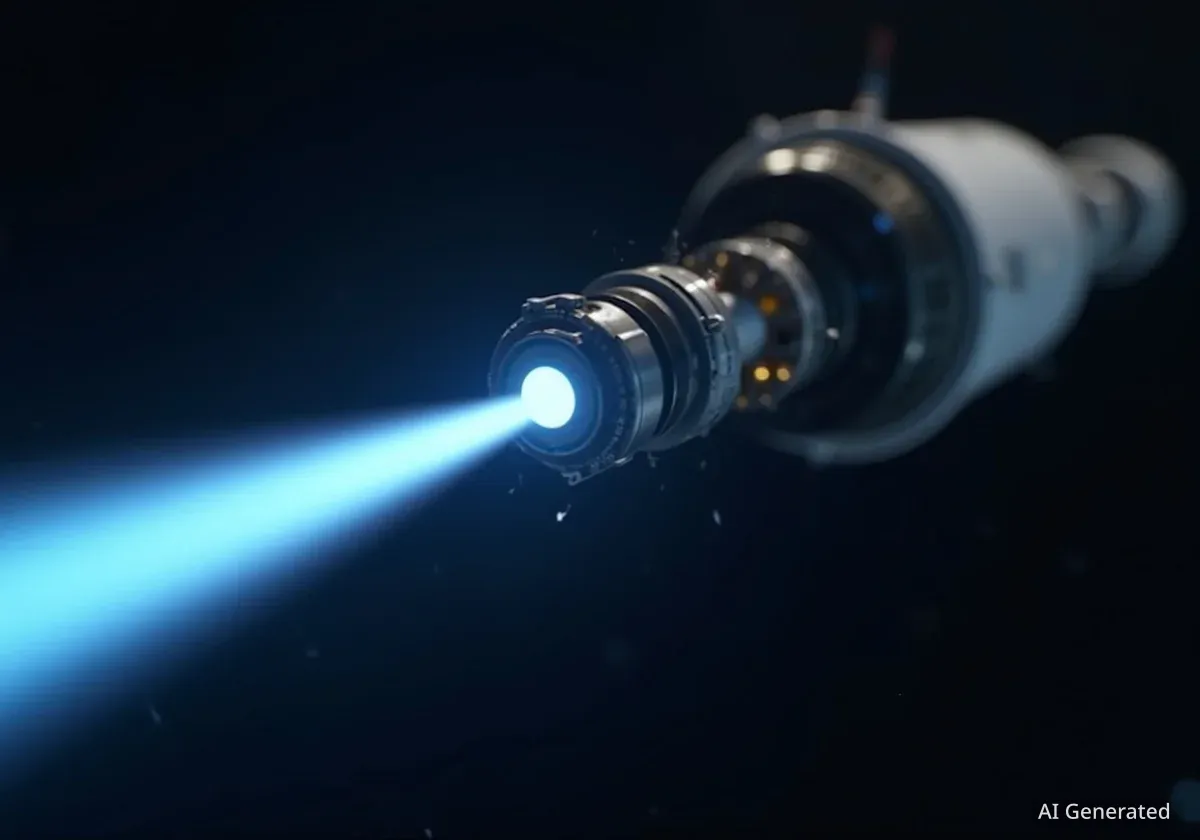For more than six decades, Mississippi has served as a critical hub for America's space ambitions. Since the early days of the space race, the state has been the proving ground for the powerful rocket engines that carried astronauts to the Moon, launched the Space Shuttle, and are now paving the way for the next generation of lunar missions.
What began as a remote test site in the 1960s has evolved into a sprawling center for both government and commercial space activities, cementing Mississippi's vital role in the past, present, and future of space exploration.
Key Takeaways
- The John C. Stennis Space Center in Mississippi has tested rocket engines for every major U.S. human spaceflight program, including Apollo, the Space Shuttle, and the current Artemis missions.
- Mississippi is the birthplace of Apollo 13 astronaut Fred Haise and former NASA administrator Richard Truly.
- The Stennis Space Center has transitioned from a government-only facility to a multi-agency center hosting over 50 public and private aerospace organizations.
- The facility is central to testing the RS-25 engines that power NASA's Space Launch System (SLS), the rocket designed to return humans to the Moon.
The Origins of a Space Hub
The story of Mississippi's involvement in space began shortly after the dawn of the space age. The Soviet Union's launch of Sputnik 1 on October 4, 1957, ignited a fierce technological competition with the United States. In response, the U.S. accelerated its efforts, leading to the creation of NASA and the ambitious Apollo program.
In 1961, NASA identified a crucial need for a large, isolated area to test the massive rocket stages of the Saturn V, the vehicle designed to carry humans to the Moon. The agency selected a site in Hancock County, Mississippi, for this purpose. This decision marked the beginning of what would become the nation's premier rocket propulsion test facility.
Why Hancock County Was Chosen
NASA selected the Mississippi location for several strategic reasons. The area was sparsely populated, providing a necessary safety buffer for testing powerful and volatile rocket engines. Its location on the Pearl River also offered barge access to the Gulf of Mexico, allowing large rocket components to be transported from manufacturing sites to the test facility and then on to the launch site in Florida.
Powering the Apollo Missions
The primary mission of the new Mississippi Test Facility was to static-fire the Saturn V rocket stages. These ground tests were essential to verify the performance and reliability of the engines before they were cleared for flight. Every Saturn V rocket that launched during the Apollo program, including the one that carried Neil Armstrong and Buzz Aldrin to the lunar surface in 1969, had its engines first tested on Mississippi soil.
This foundational work ensured the success of the Apollo missions and established the state's reputation as a cornerstone of America's human spaceflight program.
Adapting for New Generations of Spacecraft
After the conclusion of the Apollo program, the facility in Mississippi adapted to meet the needs of NASA's next major endeavor: the Space Shuttle. In 1975, testing began on the Space Shuttle Main Engines (SSMEs), a complex and reusable propulsion system. For more than three decades, until the final shuttle flight in 2011, the site was responsible for testing and certifying every engine used in the program's 135 missions.
A Legacy of Testing
The test stands at Stennis have accumulated thousands of seconds of firing time over the decades. The facility's continuous operation through multiple generations of space programs demonstrates its adaptability and enduring importance to U.S. space efforts.
The Artemis Era and RS-25 Engines
Today, the facility, now named the John C. Stennis Space Center, is again at the forefront of human space exploration. It is the primary testing site for the RS-25 engines that power the core stage of NASA's Space Launch System (SLS), the most powerful rocket ever built. These engines are upgraded versions of the reliable SSMEs.
Testing for the Artemis program, which aims to return astronauts to the Moon, is a key activity at Stennis. The engines used for the successful Artemis I mission in 2022 were rigorously tested there, and the center continues to test engines for upcoming crewed Artemis missions.
Mississippi's Contributions Beyond Hardware
The state's impact on space exploration extends beyond rocket testing. Mississippi is the home of several influential figures in NASA's history. Fred Haise, born in Biloxi, was the Lunar Module Pilot on the harrowing Apollo 13 mission and is one of only 24 individuals to have flown to the Moon.
The contributions of individuals from Mississippi have been integral to the leadership and operational success of America's space agency.
Another notable native is Richard Truly, from Fayette, Mississippi. Truly was a NASA astronaut who flew on multiple Space Shuttle missions before serving as the eighth Administrator of NASA from 1989 to 1992, guiding the agency through a critical period.
A Modern Hub for Public and Private Enterprise
The landscape of space exploration has changed dramatically since the 1960s. The once exclusive domain of national governments has opened up to a thriving commercial sector. Tech entrepreneurs like Elon Musk of SpaceX and Jeff Bezos of Blue Origin have invested billions into developing private spaceflight capabilities.
This shift has transformed the Stennis Space Center. It is no longer just a NASA facility but a multi-agency federal city. Today, it is home to more than 50 different government agencies and private companies, including names like Boeing and Lockheed Martin, who work alongside NASA's propulsion test program.
The Rise of the Commercial Space Industry
The growth of the private space industry has created new opportunities and efficiencies. For NASA, contracting with commercial companies for launches is often more cost-effective than developing and operating its own systems for every mission. This public-private partnership model is a cornerstone of the modern space economy.
- Cost Reduction: Private companies have driven down the cost of launching payloads and people into orbit.
- Innovation: Competition in the commercial sector has spurred rapid technological advancements, particularly in reusable rocket technology.
- New Markets: The private industry has opened new frontiers like space tourism, with companies like Blue Origin flying private citizens, including celebrities, to the edge of space.
As this new era unfolds, Mississippi's role remains secure. The expertise and infrastructure at the Stennis Space Center are vital for both government missions and commercial partners, ensuring the Magnolia State will continue to be a key player in humanity's journey to the stars.

